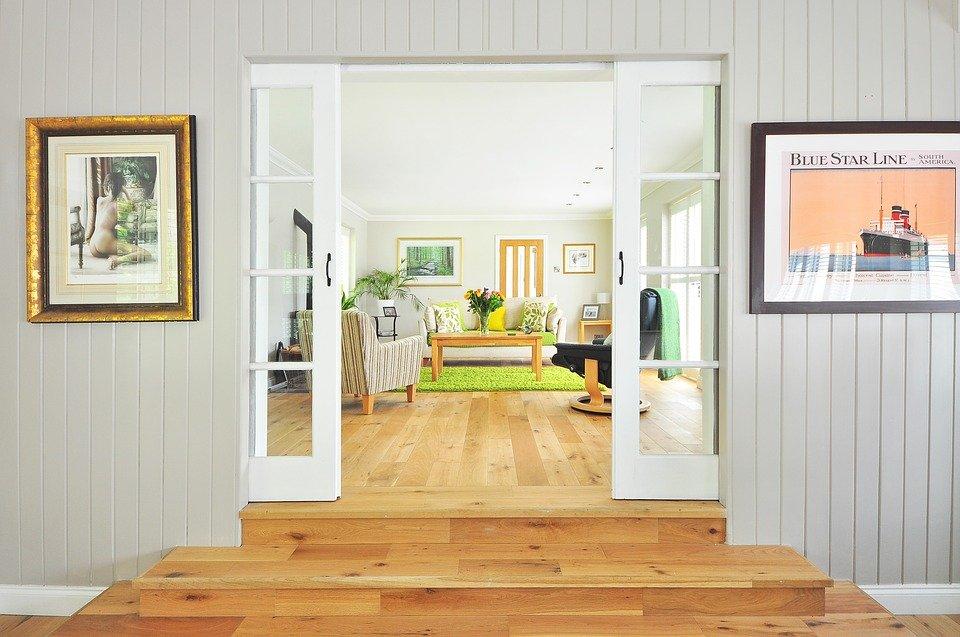If you're looking to upgrade your flooring, you may be wondering what the difference is between cork flooring and laminate flooring. Both have their pros and cons, but which one is the best for your home? Here's a breakdown of the differences between cork flooring and laminate flooring.
Cork Flooring
1. A Natural Product
Cork flooring is made from the bark of a cork oak tree. The cork bark is harvested every nine years without harming the tree. It's a renewable source and can be recycled, making cork flooring environmentally friendly.
2. Little To No Maintenance
Cork floors are very durable and often last for decades with little to no maintenance. Regular vacuuming or sweeping is usually all that's required to keep cork floors looking good.
3. Quiet & Soft Underfoot
They're also typically very quiet and sound absorbent, making cork flooring a great choice if you live in an apartment or condo.
3. Anti-Allergy
Cork floors are naturally anti-microbial and resistant to mold, mildew, and rotting due to their water-resistant nature. This makes cork flooring safe for damp areas like bathrooms and kitchens.
4. Resistant To Scratches & UV Rays
Cork floors are tough, very resistant to scratches, and won't fade from exposure to sunlight. This makes cork flooring a great choice for active families with pets or small children who may be frequently dragging furniture around the house.
Laminate Flooring
1. Artificial Product
Laminate flooring is an artificial product, made from composite wood and plastic materials. It has layers of decorative paper and a wood-chip base. These are layered to create a hard surface that's then covered with a protective plastic coating.
2. Less Durable Than Cork Floors
While cork floors are very durable, laminate is not as strong or resilient. It can be scratched or stained. It's more likely to be damaged by high heels, pets, or children.
3. Less Expensive
Laminate flooring is less expensive than cork flooring, but cork floors are usually considered the better quality option for durability and longevity.
4. Easy To Clean
Laminate isn't as tough as cork, but it's also easy to clean. Just like cork, it doesn't require much maintenance. Just a quick vacuum or sweep is usually all it takes to keep cork floors looking good.
5. Can't Absorb Noise
Unfortunately, the hard surface of laminate flooring also means it's noisy. Unlike cork, laminate flooring won't absorb the vibrations of noisy appliances like washing machines and dryers.
6. No Anti-Microbial Properties
Laminate isn't anti-microbial, so it may not be the best choice if you have children or pets that are likely to track in the dirt on their shoes or paws.
7. Can Be Installed Over Existing Floors
Image Source: Pixabay
Laminate flooring can be installed over most existing floors, including cork. If you've already got cork flooring and want to replace it with a laminate alternative, that's an option for you!
When cork flooring and laminate flooring are installed properly, both will look good and last for many years. You can head over to trusted cork flooring Sydney suppliers to learn more about these two products or to inquire if they offer installation service. There are also suppliers for laminate flooring you can easily find with a quick Google search. For those living outside Australia, you can find suppliers of these materials near you by searching online.
Cork flooring and laminate flooring are both popular options when it comes to flooring materials. Which one do you think would be the right choice for your home?
















.jpg)



.jpg)




0 Comments